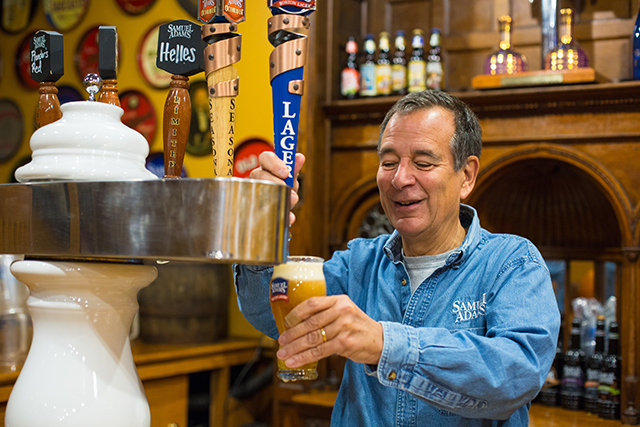
When Jim Koch, the founder of Boston Beer Company and Samuel Adams, started the company almost 32 years ago, he didn’t do it because he wanted to make a lot of money as a brewer. While he did want to make a living, his passion for brewing quality beer and delivering it to consumers as fresh as possible was his main drive.
Koch said brewing for money has long passed the reason why he continues to wake each day. Instead, it’s been that focus to brew and provide fresh quality beer.
When we sat down in mid October 2015, Koch had just returned home from evaluating the hop crop in Germany for 2016. This was the first example of Koch’s continued dedication to brewing. He could have certainly sent someone in his place to evaluate the hop crop, but it’s aspects of the business that Koch continues to believe he must witness for himself, which showcases his passion.
Koch’s company has certainly made him a happy man, but as he said, “…there’s happy and satisfied. And I’m happy, with where we are, but I’m not satisfied, because the fresher the beer, the better.”
Koch has maintained his focus on freshness. From the moment he sat down for the interview in the barrel room of Samuel Adams’ Boston location, he was preaching on the importance of freshness.
The difference in the norm and the freshness that Koch is shooting for plays out in a matter of minutes from one place to the other. To him it starts in the brewery, the package line, the loading dock, the distributor, the wholesaler, the retailer and educating the consumer. All of which are a continuous struggle.
“They [the wholesaler] put it away and then they generally will carry a month’s worth of inventory,” said Koch. “And then you’ve got a retailer. So in your best case, you can have two months worth of inventory — if the brewery keeps two weeks of inventory, the wholesaler keeps a month and the retailer keeps two months; you can easily lose freshness.
“And you know that if in that scenario of two weeks to one month, that’s kind of the norm. But you have some that are longer and some that are shorter. And if you’ve got a 50 percent variation, you’ve now pushed beer to almost past its freshness date, some significant percent of the time because it’s a bell curve. Which is why you get old beer.”
Koch has been on this mission for as long as he can remember. Coming from a manufacturing background prior to launching Samuel Adams, he’s tapped into systems and developing the best and most efficient strategies for production.
“This marketing and selling, I never had any contact with really,” said Koch. “Particularly in the marketing department, never really payed much attention to it. I think we were almost at a million barrels before we hired our first marketing person.”
The beginning success story of Koch and Samuel Adams isn’t much different than any other brewery that has started in the last 10, 20 or 30 years. “When we started, we were very fortunate … though it didn’t seem like it at the time,” Koch explained. “We had two advantages … that turned into real benefits. One was we didn’t have much money. You know, I started this with $240,000, so not a huge amount of money.
“I also couldn’t get a distributor to carry Sam Adams, nobody wanted it. There were five wholesalers in Boston, and they all turned me down.”
Much like other American brewing stories, Koch put his beer in the back of his station wagon and went door to door in bars around Boston. “And then we scaled up to a truck,” said Koch. “But that was it. I had to go sell it myself.”
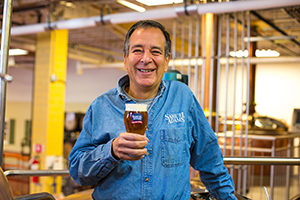 A lot of Koch’s drive came from his position with Boston Consulting Group where he worked for seven years prior to leaving to open Samuel Adams. “I had a job I liked a lot,” he said. “But I didn’t love. And it got to a point where I had learned a lot. The early days, it had amazing people there. They were willing to take chances on people who were different. I mean, it’s a place where you had me, who went on to make beer, Mitt Romney and Benjamin Netanyahu.”
A lot of Koch’s drive came from his position with Boston Consulting Group where he worked for seven years prior to leaving to open Samuel Adams. “I had a job I liked a lot,” he said. “But I didn’t love. And it got to a point where I had learned a lot. The early days, it had amazing people there. They were willing to take chances on people who were different. I mean, it’s a place where you had me, who went on to make beer, Mitt Romney and Benjamin Netanyahu.”
The group of people Koch was surrounded by was diverse and all went on to possess exciting and unique careers. “When you look at those trajectory and those paths, very divergent group of people, but all very curious, intelligent,” explained Koch.
What really intrigued Koch were production systems. He explained how manufacturing went through a major shift beginning in the 1960s with innovation from Toyota. “There was this book that got published — there were two or three thousand copies that got published — I have one of them signed by the guy who wrote it,” Koch said. “It was called ‘The Study of the Toyota Production System,’ which actually laid out what it was that Toyota was doing that was totally different.”
Koch explained how Toyota had to rethink mass production. “They did it in a way that enabled you to make like five times as many products with an 80 percent reduction in defects and a 50 percent increase in efficiency,” he said. “So it was completely incomprehensible to anybody who had any manufacturing theories that you knew. The little epigrams that I tell our people, they sort of blow your mind, but they’re true! They are that long runs create inefficiencies and that inventory creates out-of-stocks.”
To Koch this is directly relative to the beer business. “It is run on the opposite principles, it is run on the belief that long runs on your packaging lines and tanks and so on are efficient, and that if you have enough inventory you wont have out-of-stocks,” he said. “The two can be turned on their heads, so that’s what triggered all of this, that’s what we’re doing with our wholesalers and our breweries. We are taking brewery inventories down to a couple of days, and in some times a matter of hours.”
This is the strategy the Boston Beer Company is pursuing in order to provide the freshest tasting beer to the consumer.
Although Koch had this unique career at the Boston Consulting Group and really enjoys exploring manufacturing systems, he’s always been a brewer at heart. “You know my dad was a brewmaster, so I’ve been around beer my whole life,” he said. “I had homebrewed with my dad actually just for fun once or twice before it was legal, and when you really couldn’t get supplies. I mean he got brewer’s yeast and some hops — he was out of the brewing business at this point — but he got it from a friend of his, and Blue Ribbon Malt Extract which you could buy at the grocery store.”
Additionally, it was Koch’s father that gave him the recipe for the Samuel Adams Boston Lager. Koch explained the real struggle behind homebrewing the Boston Lager was the complexity in brewing, which was a blessing once he was able to utilize a true brewing system.
“So I was really at this point out of the mainstream for homebrewing,” explained Koch. “Because this beer requires, for example, a decoction mash. It means you take part of the mash out and you boil it. Then you add it back very quickly into the main mash. And what that does — it’s very sort of old fashioned, 17-18th century way of taking the main mash very quickly through the scarification range, so that you leave in the wort, some sugars that are too large to be easily fermented, but small enough to be tasted as sweetness.
“That’s why Sam Adams has this body and sweetness to it … as opposed to like a normal Helles and Pilsner. This is closer to what Pilsner Urquell was back in the 19th century when it was invented. Their beers had that drop of sweetness. It’s also krausened, which means you do two fermentations. One, you let the initial one ferment out all the way. Then you put actively fermenting beer back, like 20 percent, 25, 30 … whatever percent you want back in which then cleans up the beer after the first fermentation, and has to be crash cooled. So that leaves another layer of malt sweetness in it.”
Moving into a fully functioning brewery made the Boston Lager much easier to develop, and a consistency to be targeted. Although, while most know about the struggle that Koch went through to get people to purchase his beer, there were actually two fierce storms he had to weather. “The first one, when literally nobody wanted my beer. Nobody knew what it was,” he said. “The idea of American beer that was high quality was an oxymoron. Charging this much for beer was almost out of the question. Having a beer that had this much flavor and taste was a shock to drinkers. Even this color (the color of the Boston Lager) for years if I saw a beer that looked like this I knew it was Sam Adams because there was nothing else.
“Then there was the shit-storm in the mid 90’s when AB — it was sort of the Empire Strikes Back. The growth of craft beer stopped. It was much harder. Today people have started in the last 10 years, they’ve really never seen anything like this. Eventually it will stabilize and it will be different.”
According to Koch the shift that will eventually unfold in the industry won’t be from the consumer but from the retailer just not having enough space. “There’s actually a couple of famous studies done on it,” explained Koch. “But actually, if you go beyond whatever the optimum level of choice is … and if you ask a consumer how much choice do they want, they will tell you ‘infinite.’ But the facts, what actually happens if there are too much, they are actually less satisfied with the purchase that they made, than if there’s the right amount.”
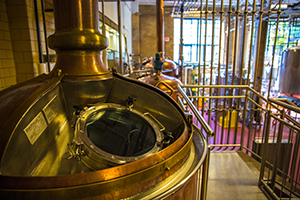 What bars and other retailers are searching for is the optimum level that would sustain the industry. Currently, according to Koch, retailers are stuck in somewhat of a conundrum trying to discover what’s good and what isn’t. They have a fear that if they pass on one, it could be a mistake because it could have meant greater sales. But what Koch believes could potentially happen is a loss is consistency and finally consumer satisfaction — which would lead them back to what they typically relied on previously.
What bars and other retailers are searching for is the optimum level that would sustain the industry. Currently, according to Koch, retailers are stuck in somewhat of a conundrum trying to discover what’s good and what isn’t. They have a fear that if they pass on one, it could be a mistake because it could have meant greater sales. But what Koch believes could potentially happen is a loss is consistency and finally consumer satisfaction — which would lead them back to what they typically relied on previously.
That’s why Koch works so closely with retailers. First it’s vital to his own business, but it’s also important that beer doesn’t sit on the shelf for too long. When it gets old and loses taste, that’s when the consumer is cheated. Additionally, too much bad flavor from one, two, three or more breweries could force the consumer palate back to the Stone Age (pre-craft).
What makes this difficult for Koch and the Boston Beer Company, has been the commitment to seasonal beers. “We were the first to do it,” said Koch. “It was the monks during lent who weren’t allowed to eat, but to brew and drink. So they made the strongest most nourishing beer they could. And the first Double Bock … I made in the Spring, and then that autumn I made an Oktoberfest.”
This continued to the winter and on throughout the years. What this did for Koch was bring a whole new challenge of getting beers in and out of retailers’ hands in time to keep the consistency that he cherished so much about his beers. This was when Koch started looking into making the consumer more aware of freshness dating so that they could be stronger advocates of freshness and keep the retailers, and the brewery in check.
While at this time it was unheard of in the brewing industry, Koch explained that it was just a simple adjustment to the label and some time with a hacksaw. “There is no excuse for any brewer not to have a freshness date in plain English,” he said. “Because we started doing it early on. Nobody was doing it. There were these code cards, there were notches on the side of the labels. You would lay this code card against it and you could read the notches — and everybody had a different system.”
The Sam Adams label had a blank space on the left side. Koch said he reached out to his labeler and asked them to design 12 months abbreviated along that side. Not only did this fill out the rest of his label, but then he had the ability to properly date the beer for the consumer. “So [the printer] filled that up and I took my hacksaw and I notched it,” he said. “That was $10. That’s what it cost. So, to me, there was no excuse for us to hide from the consumer the fact that the beer was stale.”
In our world consumers won’t blame the retailers or the wholesalers for having old or stale beer. They are going to blame the brewery, and in this hyper-sensitive and competitive world of beer we are currently experiencing, there isn’t an opportunity for a handful of consumers to spread the word that your beer tastes stale. While Koch is adamant about his own brands being as fresh as possible, he believes that this is in the best interest of the brewing industry as a whole.
“You know wholesalers aren’t waking up every morning thinking, ‘how can I have fresher beer in the market,’” said Koch. “Same thing with retailers. But consumers want great beer and brewers want to give it to them. So I’ve always felt that as a brewer, I need to take responsibility for the whole chain of events on the beer.”
It took Samuel Adams 12 years to be nationally distributed and they did it only when they could put people in the markets that could help with sales and managing consistency. “Even today there are craft brewers who don’t make the freshness date obvious to the consumer,” said Koch. “It’s still in some codes, or you don’t know where it is, or some brewers will go to the website. I mean, it’s $10. There’s no excuse.”
Story by: Tyler Montgomery I Photographs by: VonBerg Productions



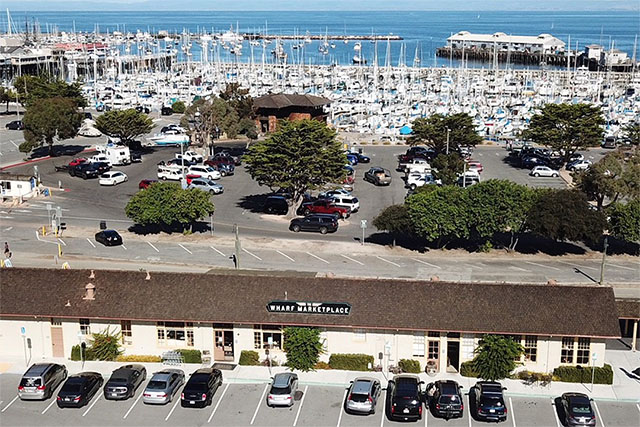
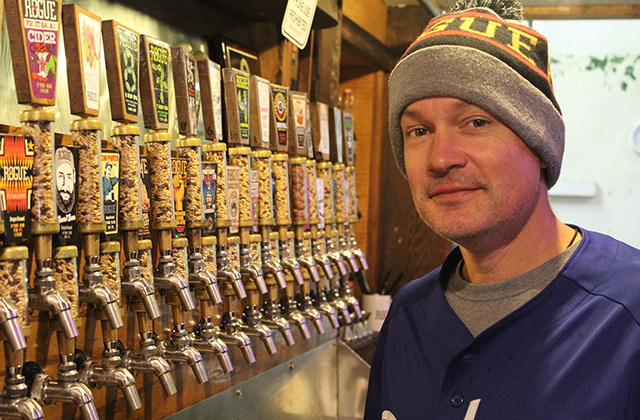
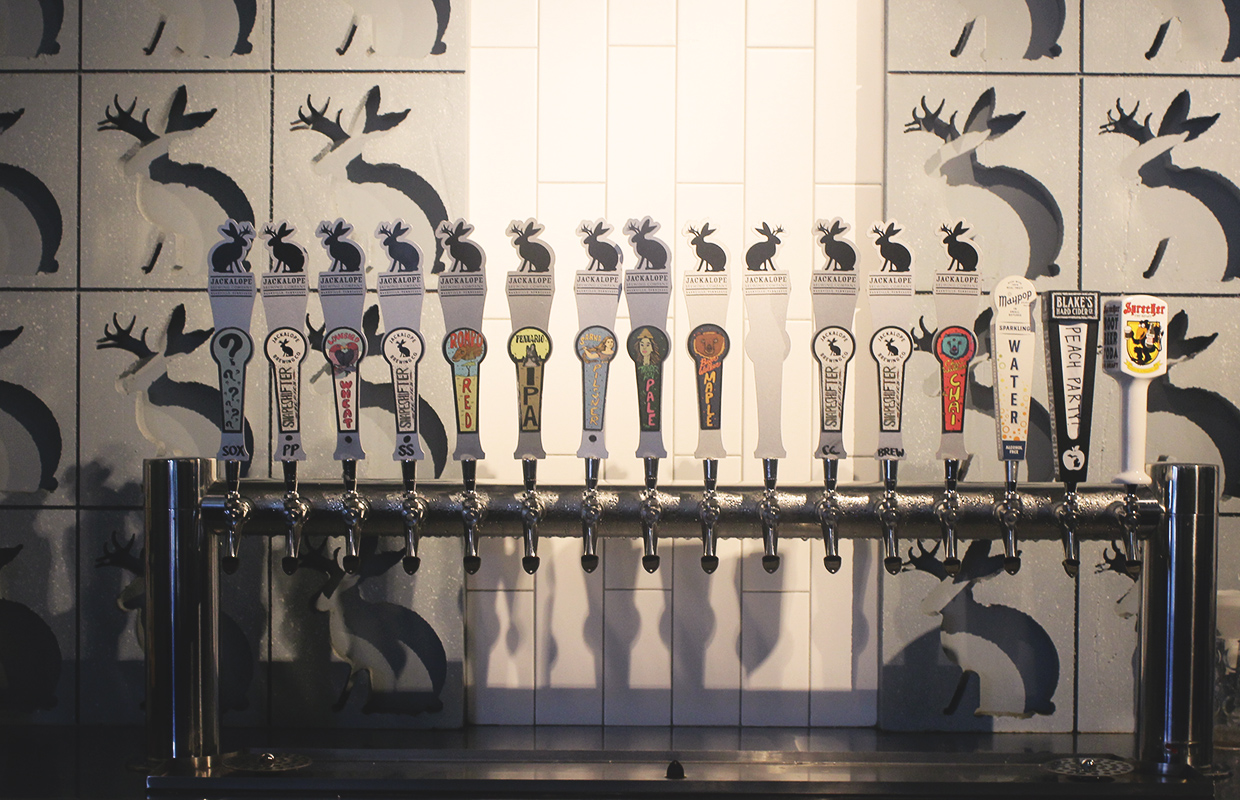
Be the first to comment